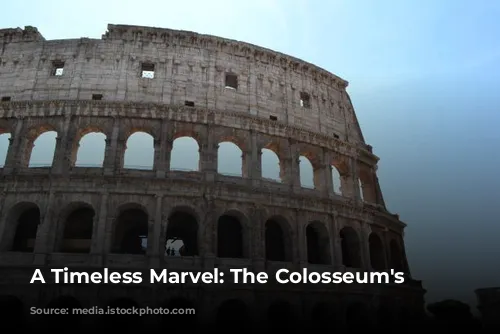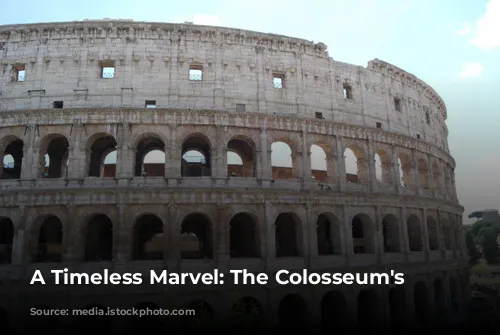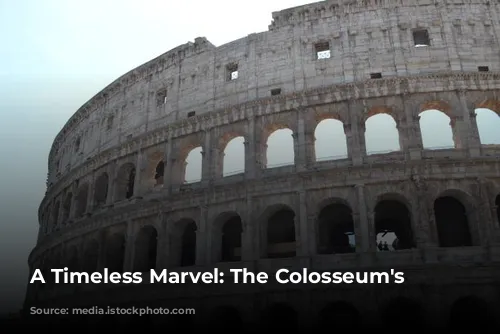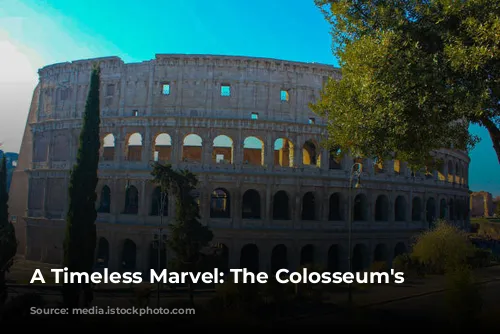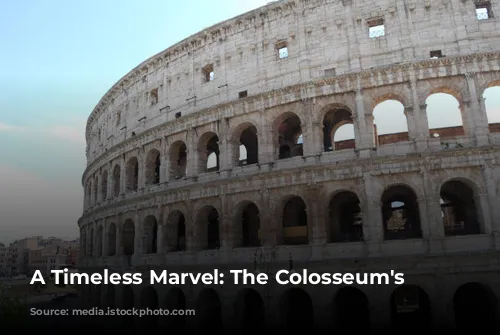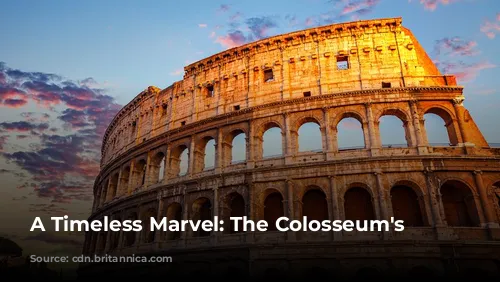The Colosseum, standing tall in the heart of Rome, is a testament to the remarkable architectural and engineering skills of the ancient Romans. This iconic structure, one of the few largely intact remnants of the Roman Empire, is not just a historical landmark but also a significant source of tourism revenue for Italy. In 2018 alone, the Colosseum, Roman Forum, and Palatine Hill together attracted over $63.3 million (€53.8 million) in revenue, making it the most popular tourist attraction in Italy.
This article delves into the fascinating history and legacy of the Colosseum, exploring its construction, purpose, and the challenges it faced over centuries.
From Arena to Fortress
The Colosseum’s journey is a story of both grandeur and decline. After the fall of the Western Roman Empire, the once-mighty arena fell into serious disrepair. The 12th century saw the Colosseum repurposed by the Frangipane and Annibaldi families, who used it as a fortress. The late 15th century brought further neglect, with Pope Alexander VI permitting the structure to be used as a quarry. For over a thousand years, the Colosseum was left to decay. It wasn’t until the 1990s that state-funded restoration efforts began, breathing life back into the ancient marvel.
This section highlights the Colosseum’s gradual decline into disrepair after the fall of the Roman Empire and the subsequent repurposing of the structure for non-intended purposes.
A Vision of Entertainment
The construction of the Colosseum was driven by a desire to revitalize Rome after the tumultuous year of the four emperors in 69 CE. Emperor Vespasian, with a vision for a city brimming with entertainment, intended the Colosseum to be a grand venue for hosting gladiator fights, animal hunts, and even mock naval battles. Just as other amphitheaters served as sources of public amusement, the Colosseum was conceived as a spectacle for the masses.
This section outlines the initial purpose and vision behind the construction of the Colosseum, linking its construction to a period of upheaval and a desire for entertainment in Rome.

From Emperor Vespasian to Domitian
Construction of the Colosseum began under Emperor Vespasian between 70 and 72 CE. The completed structure was dedicated in 80 CE by Titus, Vespasian’s son and successor. The Colosseum’s fourth story was added by Emperor Domitian in 82 CE. Interestingly, the funding for the arena came from the plunder of Titus’s conquest of Jerusalem in 70 CE, and the workforce comprised enslaved Jews from Judaea.
This section dives deeper into the details of the Colosseum’s construction, highlighting its construction timeline, the involvement of different emperors, and the controversial funding and workforce.
A Monument of Roman Engineering
The Colosseum is an elliptical amphitheater built of stone, concrete, and tuff, standing four stories tall at its highest point. It measures a massive 620 by 513 feet (189 by 156 meters) and could accommodate up to 50,000 spectators. Its signature use was in gladiatorial combat, showcasing the prowess of Roman fighters and captivating the audience.
This section focuses on the physical characteristics and dimensions of the Colosseum, highlighting its grandeur and its iconic association with gladiatorial combat.
A Structure of Symbolism and Practicality
The Colosseum’s location was chosen deliberately. Situated just east of the Palatine Hill, it replaced the artificial lake that was the centerpiece of Nero’s Golden House. This symbolic act of replacing a tyrannical emperor’s private luxury with a public amphitheater for tens of thousands of Romans highlighted the shift towards a more inclusive and populist rule.
This section emphasizes the symbolic significance of the Colosseum’s location, contrasting it with Nero’s Golden House and highlighting the shift in power dynamics reflected in its placement.

A Marvel of Architecture and Engineering
The Colosseum was built using a complex system of barrel and groin vaults, standing as a testament to Roman engineering prowess. Unlike earlier amphitheaters that were often dug into hillsides for support, the Colosseum is a freestanding structure of stone and concrete. The structure is adorned with three tiers of arcades framed by engaged columns in the Doric, Ionic, and Corinthian orders, a design that influenced the Renaissance codification known as the assemblage of orders.
This section delves into the architectural complexities of the Colosseum, highlighting its unique structural features and the influence it had on subsequent architectural movements.
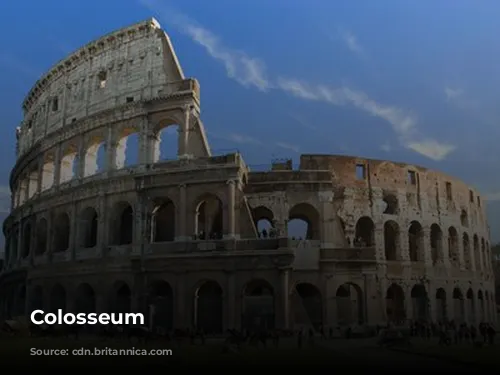
A Spectacle for the Masses
The Colosseum could seat approximately 50,000 spectators, who were shielded from the sun by a massive retractable velarium, or awning. This elaborate system involved supporting masts extending from the Colosseum’s attic story and hundreds of Roman sailors to manipulate the rigging. The arena hosted thousands of gladiatorial combats, animal hunts, and even mock naval engagements, providing a spectacle for the masses.
This section focuses on the Colosseum’s capacity and the various types of entertainment that took place within its walls, showcasing the grandeur and diversity of the spectacles it hosted.

A Journey Through Time
Over the centuries, the Colosseum has seen it all. After its use as an entertainment venue, it served as a church and later as a fortress for prominent Roman families. Sadly, it also suffered damage from lightning, earthquakes, vandalism, and pollution, losing its marble seats and decorative materials. The site was treated as a quarry for over a thousand years.
This section describes the Colosseum’s evolution through different periods, highlighting its varied uses and the challenges it faced in its journey through time.
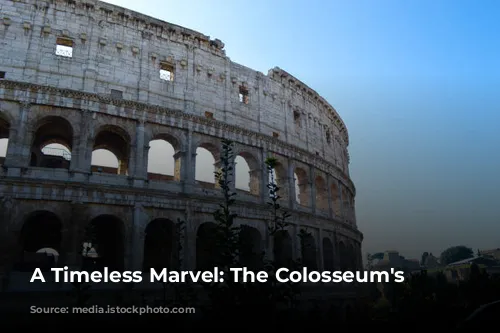
A Living Legacy
The Colosseum’s preservation began in earnest in the 19th century, with notable efforts led by Pius VIII. A major restoration project was undertaken in the 1990s, breathing new life into the ancient structure. Today, the Colosseum is one of Rome’s most visited attractions, drawing millions of visitors annually. Regular exhibitions highlighting ancient Roman culture are hosted within its walls, ensuring that the Colosseum remains a vibrant place of historical significance.
This section concludes the article by highlighting the preservation and restoration efforts undertaken to protect the Colosseum, emphasizing its ongoing relevance as a major tourist attraction and its role in showcasing ancient Roman history.
